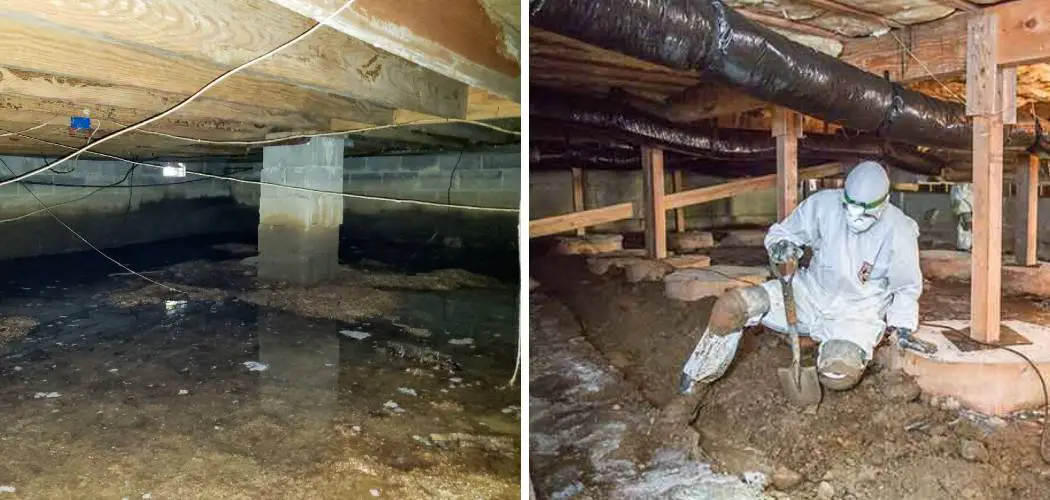Are you having trouble getting water out of your crawl space? While there are numerous possible causes, the basic process of removing water and moisture is often the same.
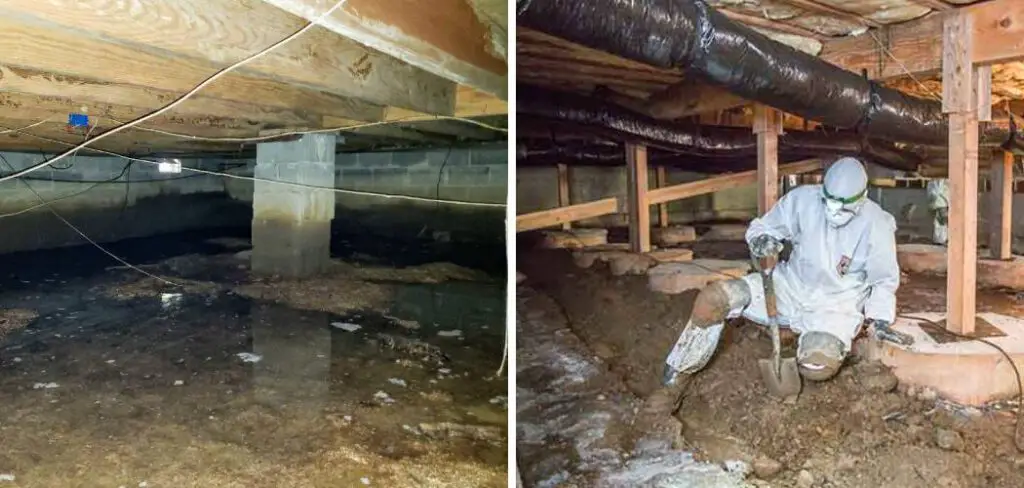
Whether it’s due to plumbing issues, heavy rains, or high humidity – this guide will walk you through how to get water out of a crawl space quickly and safely so that you can avoid costly repairs down the line. Read on to learn more!
What Happens if Water Gets in Your Crawl Space?
When water gets into your crawl space, it can cause a variety of issues. These include:
• Structural Damage – Water can cause wood to rot, weaken beams and posts, or rust metal components. This can lead to costly repairs and replacements.
• Mold Growth – Too much moisture in the air provides an ideal environment for mold and mildew to grow. This can cause a musty smell and potentially pose health risks.
• Pest Infestation – Moisture attracts pests such as termites, ants, and cockroaches. These pests are not only annoying but can also cause damage to your home or property.
Fortunately, there are steps you can take to get water out of your crawl space and prevent further damage. The first step is to identify the source of the water issue and make any necessary repairs.
Then, use professional-grade dehumidifiers to reduce moisture in the air and physically remove standing water from the area with a shop vacuum or sump pump. Finally, consider installing drainage systems, waterproofing materials, and/or other structural repairs to help prevent further water intrusion.
10 Methods How to Get Water Out of a Crawl Space
Crawl spaces are prone to water damage and flooding, so it is important to take appropriate steps to protect your home from any potential risks. Here are ten methods for getting water out of your crawl space:
1. Install a Sump Pump:
A sump pump can be used to efficiently remove water from the crawlspace area by pushing it through a pipe or hose and outside of the home. This system usually requires professional installation and should be checked regularly to make sure it is functioning properly.
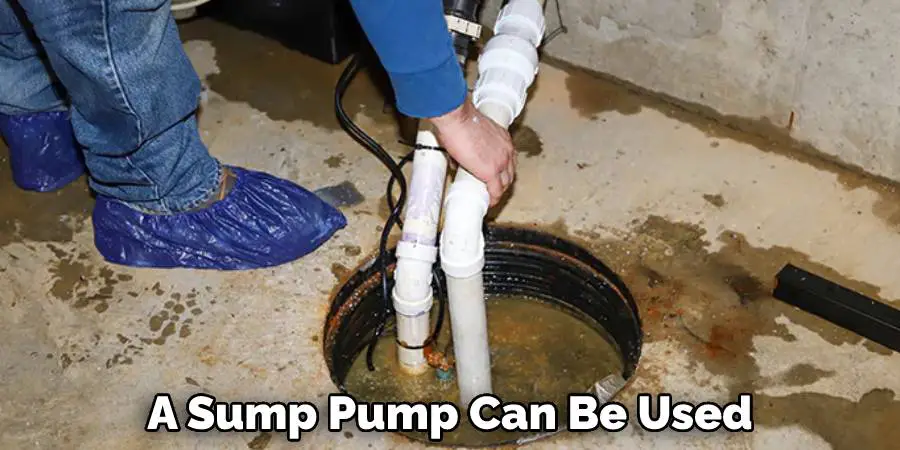
If a sump pump is not an option, a manually operated water pump may be used as well. However, this should be used as a last resort because it requires more effort and maintenance to keep it functioning.
2. Invest in a Dehumidifier:
A dehumidifier can help reduce the amount of moisture in your crawl space, preventing future water accumulation and keeping mold at bay. Make sure to select a dehumidifier with the appropriate capacity for your space. Place it in the most humid area of the crawlspace and close the doors to the space when not in use.
You should also consider installing a vent fan or two to improve air circulation and allow for quicker drying of any water present. You may want to invest in a humidity monitor as well, so you can keep an eye on the moisture levels in your crawlspace and adjust the dehumidifier settings accordingly.
3. Address Foundation Cracks:
Damaged or broken foundations can lead to water accumulation in your crawl space, so addressing these issues as soon as possible is key. You may need to contact a professional for help with this task if it’s more extensive than you think you can handle on your own.
If you do decide to take on foundation repair yourself, be sure to use materials that are specifically designed for this purpose like concrete and masonry sealant. Additionally, make sure to waterproof the entire foundation and add a moisture barrier between the soil and crawl space walls.
4. Install Drainage Tiles:
Installing drainage tiles around the perimeter of the crawl space will help direct any standing water away from the foundation, reducing moisture levels in the area over time. Drainage tiles are available in most home improvement stores and should be installed according to the manufacturer’s instructions.
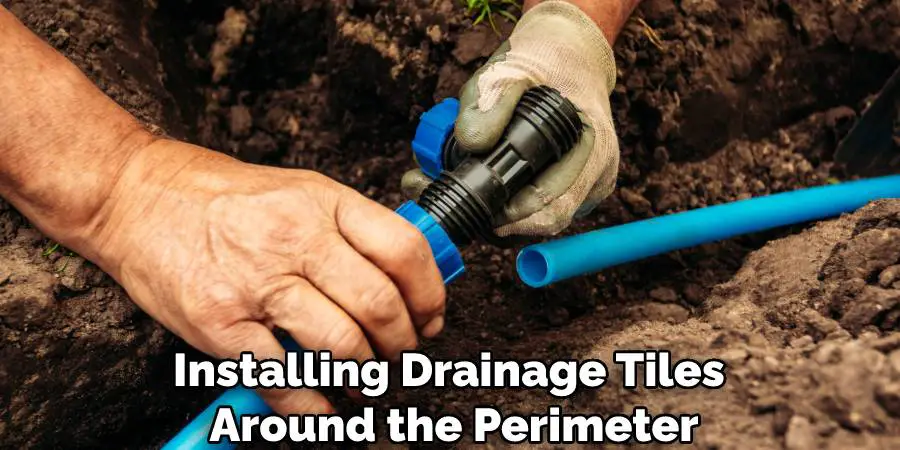
After installation, it’s also advisable to check the crawl space for any changes in humidity levels and water movement into the area. If necessary, additional drainage tiles may need to be installed to further divert water away from the foundation.
5. Make Use of Vapor Barriers:
Building materials like drywall, insulation, and wood framing can become damaged by excessive moisture over time, so investing in vapor barriers for your walls can help stop moisture buildup before it begins. Vapor barriers are plastic sheets that can be installed along your walls and sealed at the edges.
They prevent moisture from passing through, helping to keep the floors and walls in your crawl space dry. Additionally, consider using a dehumidifier to further reduce the humidity levels inside the crawl space and prevent moisture buildup.
6. Improve Ventilation:
Poorly vented areas are prone to accumulating moisture and developing problems like musty odors, mold growth, and decay of building materials, so make sure there’s adequate airflow in this area of your home by adding vents or fans where necessary. This will help reduce the humidity within your crawl space and keep it dry.
If you have existing vents in place, make sure they are open and not blocked off with insulation or debris. Additionally, make sure the vents don’t become clogged with dirt or leave over time, as this can create further issues with moisture.
7. Create a Grade Slope Around Your Home:
Creating an incline that slopes away from your home’s foundation will help direct any rainwater runoff away from the house rather than towards it, reducing the likelihood of standing water collecting near or under your home’s walls. The slope should be at least 6 inches for every 10 feet of slant away from the house.
To ensure that the grade is accurately maintained, use a carpenter’s level to check the incline every few feet. If necessary, adjust the grade with soil and/or gravel to maintain the desired incline. Additionally, keep gutters and downspouts clear of debris to ensure that water is properly drained away from the structure.
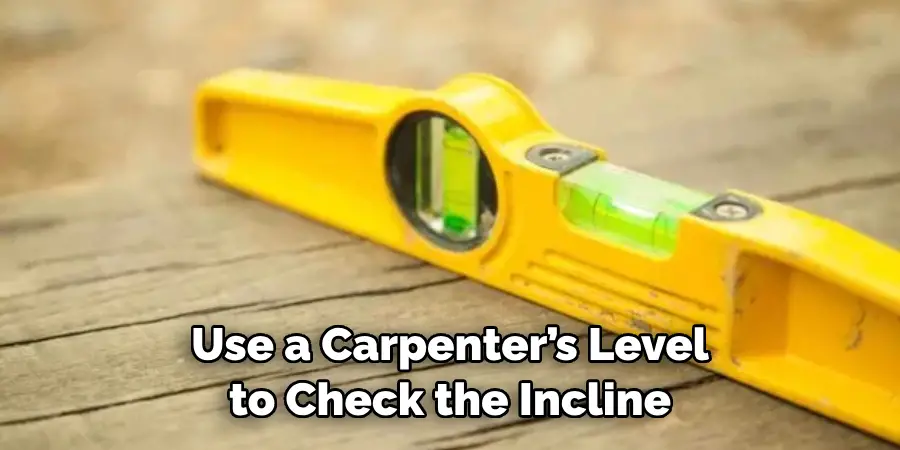
8. Clean Gutters Regularly:
Dirty gutters are more likely to overflow during heavy rains or storms, leading to potential flooding in or around your home – especially near its foundation – which is why it’s important to keep them clear on a regular basis (every 3-6 months).
Make sure to clean the gutters and downspouts of all debris, such as leaves, sticks, or anything else that could potentially block them. Doing so will help prevent water from seeping into your home’s crawl space.
9. Use Artificial Landscaping Rocks:
If you have landscaping stones around your house that create puddles when they’re wet, consider using artificial rocks instead – they’re designed with holes on top that allow excess rainwater runoff to pass through without creating puddles or pooling up around them!
This is especially helpful if your crawl space is surrounded by landscaping or close to a water source like a creek or lake. Artificial rocks are available in a variety of sizes and shapes to match your existing landscaping. Be sure to read the installation instructions thoroughly in order to ensure it is properly installed and sealed to prevent water from entering your crawl space.
10. Install Gutter Extensions:
To ensure that rainwater doesn’t accumulate near or under your walls, be sure to install gutter extensions that will lengthen downspouts and direct all rainfall away from your foundation – even during heavy storms! This will help keep the water out of your crawl space and away from home. Plus, it’s an inexpensive investment that will pay off in spades over time.
Things to Consider When Getting Water Out of a Crawl Space
1. Type of Water:
Are you dealing with a standing water issue or moisture and humidity in the air? Different methods of removing water from the crawl space are more effective depending on the type of water you’re dealing with.
2. Water Source:
Where is the water coming from? Knowing and stopping the source will help keep your crawl space dry in the long run, as well as speed up any current efforts to get rid of standing water or humidity.
3. Flooring Type:
What type of flooring is in your crawl space? If the area has a dirt or gravel floor, water can be removed with a sump pump, but if it’s concrete, you may need to use an industrial-strength wet vac and dehumidifier.
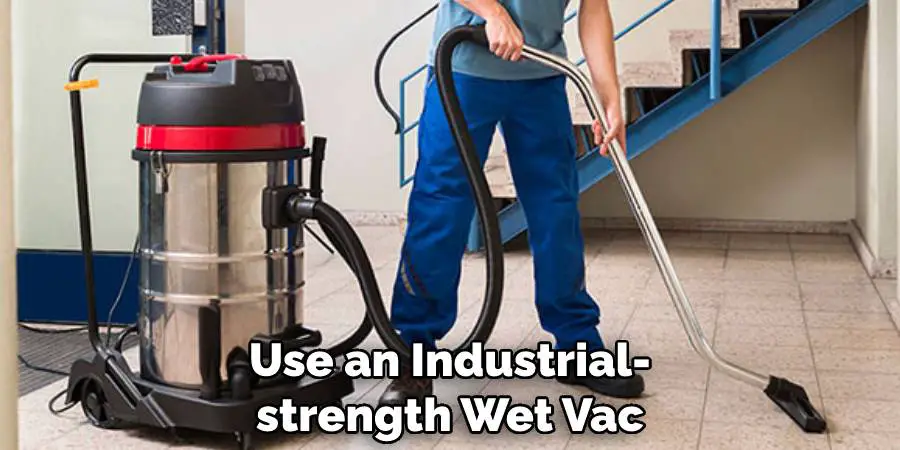
4. Accessibility:
Is the crawl space easy to access? Who will be responsible for getting into the area and doing the work? Depending on how accessible it is, you may want to hire a professional to get the job done quickly and safely.
5. Ventilation:
Is there adequate ventilation in the crawl space so that any moisture buildup can escape? Poor air circulation can contribute to standing water and humidity, so make sure to check this before beginning your water removal project.
Conclusion
After taking all these measures on how to get water out of a crawl space, homeowners will find themselves breathing easier, knowing their living areas are safe from moisture and mold growth.
Investing in seals, sump pumps, and equipment to monitor humidity levels can help save money over time by avoiding costly repairs that may arise due to long-term issues with dampness. Don’t let an unmonitored wet crawl space put your home at risk! Make sure you take preventive measures so that will ensure you have a healthier living environment down the road.

